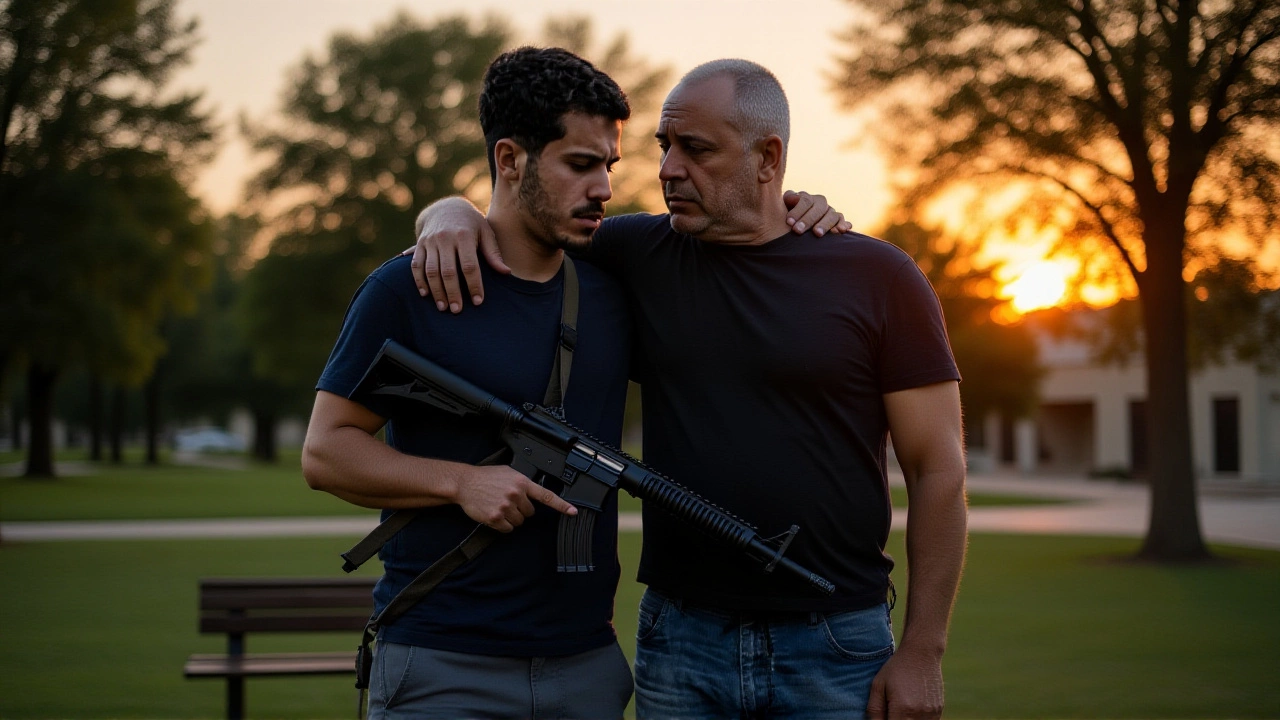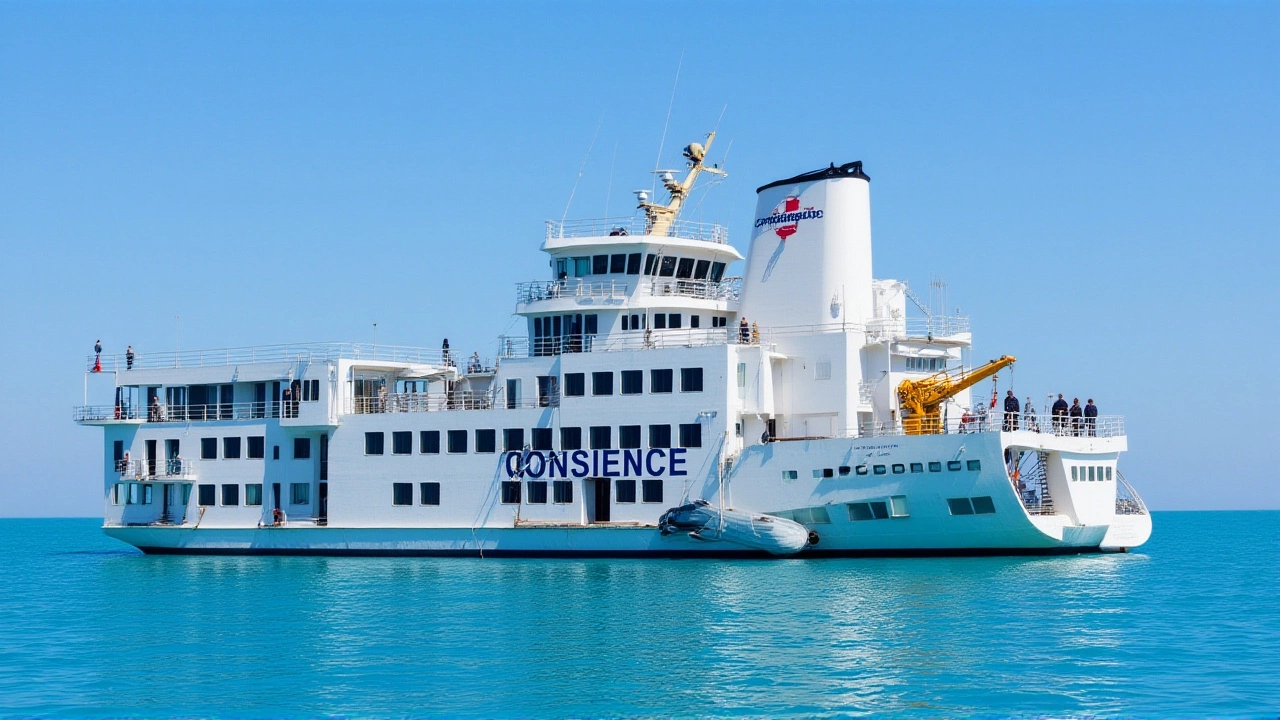When Hamas and Israel sent delegations to Egypt on Monday, Oct 6, 2025, the stakes were clear: end a war that has already killed more than 20,400 Palestinians and displaced roughly 2.3 million people. The talks, hosted in the capital Cairo, were welcomed by Donald J. Trump, U.S. President, who said he was “pretty sure” a “deal” was within reach. On the Hamas side, lead negotiator Khalil al‑Hayya met Egyptian intelligence officials before the discussions began. Israel’s government was represented by officials loyal to Benjamin Netanyahu, the country’s prime minister, who has repeatedly vowed to crush the militant group.
Background: Two Years of Bloodshed
The conflict erupted after Hamas launched a surprise assault on Oct 7, 2023, killing 1,200 Israelis and taking dozens hostage. Israel responded with a full‑scale invasion of Gaza that has flattened neighborhoods, reduced the strip’s health system to a shadow of its former self, and left the United Nations estimating a daily death toll of at least 30 civilians. By late 2023, humanitarian aid was flowing through a handful of makeshift corridors, but the flow was far from sufficient.
International pressure mounted in 2024, with the European Union and Arab League pushing for a cease‑fire. Yet each attempt stalled over core demands: Hamas wanted a permanent end to hostilities and the withdrawal of Israeli forces, while Netanyahu insisted on retaining “security control” over Gaza for at least a year after any truce.
Why Cairo Now? The Mediation Engine
Egypt has long played the role of quiet facilitator between Gaza and Jerusalem. Since the 1979 peace treaty, Cairo’s intelligence services have hosted back‑channel talks, often in the shadow of the Suez Canal. This time, Qatar joined as co‑mediator, providing financial backing for a proposed reconstruction fund.
The first round of talks took place behind thick security curtains at an undisclosed hotel in Cairo. According to Al‑Qahera News, an outlet tied to Egyptian state intelligence, the atmosphere was “positive” – a rare diplomatic flourish after months of dead‑lock.
Egypt’s senior foreign‑policy adviser, Mona al‑Sabbagh, told reporters that the agenda was “ground‑level” – discussing prisoner swaps, humanitarian corridors, and the legal framework for a future Palestinian technocratic administration.
Key Proposals on the Table
- Ceasefire: An immediate, comprehensive halt to all rocket fire and airstrikes, with monitoring by UN observers.
- Hostage Exchange: A phased release of the 130 Israeli hostages held in Gaza in exchange for 1,200 Palestinians detained in Israeli jails.
- Reconstruction Plan: A $2.3 billion fund, overseen by a joint Israeli‑Palestinian technical committee, to rebuild homes, hospitals, and schools.
- Governance: Establishment of a Palestinian‑led technocratic administration to run Gaza and, eventually, the West Bank.
Hamas spokesman Fawzi Barhoum reiterated that “the core demands remain unchanged” – a full withdrawal of Israeli forces and a permanent ceasefire. He added, “We are ready to remove all obstacles to an agreement that matches the aspirations of Gaza’s people.”
Israeli Defense Minister Yoav Gallant remained cautious, saying, “Any deal must guarantee that Hamas can never again launch attacks on Israeli civilians.”
American Involvement: Trump’s Push
President Donald J. Trump framed the negotiations as the “most important diplomatic breakthrough of his administration.” At a White House briefing on Oct 6, he told reporters, “I think Hamas has been agreeing to things that are very important… I think we’re going to have a deal.”
Trump’s envoy, senior adviser Steve Witkoff, and his son‑in‑law Jared Kushner flew to Cairo on the same day, signalling Washington’s willingness to back the Egyptian‑Qatari plan with political and economic incentives.
Yet the United States also faced criticism. Secretary of State Marco Rubio warned Israel, “You must stop bombing the territory,” emphasizing that continued air strikes could undercut any ceasefire momentum.

Reactions on the Ground
In Gaza, civilians described the talks as a “glimmer of hope” amid relentless shelling. Mahmud Bassal, spokesman for Gaza’s civil‑defense agency, reported that Israeli strikes on Oct 6 killed at least seven Palestinians, a death toll that underscored the fragility of any pause.
Inside Israel, public opinion remains split. A poll by the **Jerusalem Institute** on Oct 5 found that 48% of Israelis supported a negotiated ceasefire, while 37% favored continued military pressure until Hamas was “defeated.”
Egyptian President Abdel Fattah al‑Sisi issued a statement declaring the talks “a decisive step toward regional stability,” and hinted that Egypt would mobilize additional humanitarian aid once a truce was secured.
Looking Ahead: Obstacles and Opportunities
The next round is scheduled for Oct 7, 2025. Analysts caution that the talks could stall over three sticking points: the timeline for Israeli troop withdrawal, the scope of the prisoner exchange, and the extent of UN monitoring.
Former UN envoy Samantha Power warned, “Even if a ceasefire is signed, enforcement will be the real test, especially when both sides retain deep mistrust.”
Nevertheless, the mere fact that Hamas’s chief negotiator survived an Israeli strike in Doha last month and is now sitting across the table in Cairo suggests a pragmatic shift. As Barhoum put it, “We are working to remove all obstacles – time will tell if the world is ready to seize this moment.”
Frequently Asked Questions
How could the ceasefire affect Gaza’s civilian population?
A ceasefire would halt air strikes, allowing humanitarian corridors to function more reliably. Experts estimate that up to 70% of the 2.3 million displaced residents could return to repaired homes within six months, provided reconstruction funds are released as pledged.
What are Israel’s main conditions for accepting the Egyptian‑Qatari proposal?
Israel insists on a phased security arrangement that keeps Israeli forces in strategic locations for up to 12 months, and demands a robust verification mechanism to prevent Hamas from re‑arming.
Why is the United States so invested in these talks now?
President Trump sees the negotiations as a legacy‑defining achievement. Moreover, the administration wants to curb Iran’s influence in Gaza and restore stability to a region critical for U.S. strategic interests.
What role does Qatar play in the mediation?
Qatar finances the proposed reconstruction fund, hosts Hamas leaders when they travel, and provides diplomatic channels between the two sides. Its involvement is crucial for bridging financial gaps and offering neutral ground.
What are the chances the talks will collapse before a deal is reached?
Analysts point to a 35% probability of breakdown, mainly due to disagreements over prisoner swaps and the timing of Israeli troop withdrawal. However, the presence of high‑level U.S. envoys and the imminent anniversary of the 2023 attacks add pressure to keep the dialogue alive.

